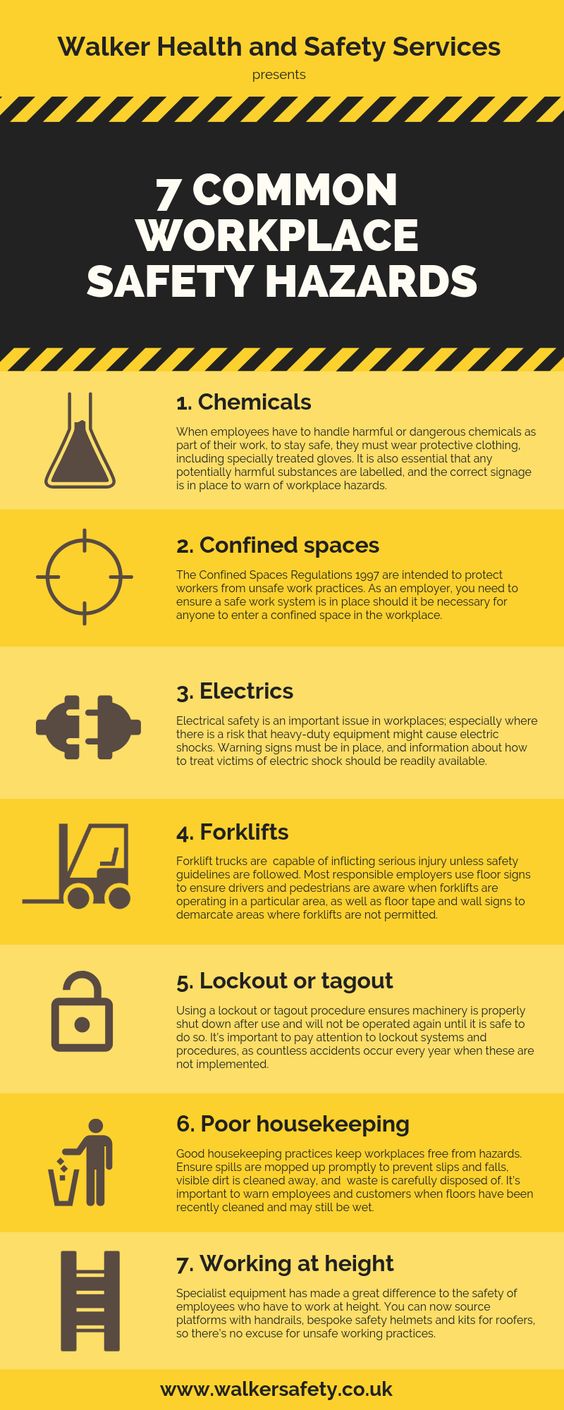Identifying Risks:
The first step in managing work health and safety risks is to identify them. This can be done by conducting a risk assessment, which involves assessing the potential hazards in the workplace and determining the likelihood of them occurring. It is important to consider both physical and psychological risks, as well as the potential for accidents and injuries.
Assessing Risks:
Once the risks have been identified, they need to be assessed in terms of their severity and likelihood of occurring. This will help to determine the necessary steps that need to be taken in order to reduce or eliminate the risks.
Developing Strategies:
Once the risks have been assessed, strategies need to be developed in order to reduce or eliminate them. These strategies may include implementing safety procedures and protocols, providing safety training and equipment, and ensuring that the workplace is well-maintained and hazard-free.
Implementing Strategies:
Once the strategies have been developed, they need to be implemented in order to reduce or eliminate the risks. This may involve making changes to the workplace environment, providing safety equipment and training, and ensuring that everyone is aware of the safety procedures and protocols.
Monitoring Risks:
It is important to regularly monitor the risks in the workplace in order to ensure that they are being effectively managed. This may involve conducting regular risk assessments, reviewing safety procedures and protocols, and ensuring that safety equipment is in good condition.
Evaluating Strategies:
It is also important to evaluate the effectiveness of the strategies that have been implemented in order to ensure that they are working as intended. This may involve conducting regular audits and reviews of the safety procedures and protocols, as well as assessing the effectiveness of the safety equipment and training.
Communication:
In order to effectively manage work health and safety risks, it is important to ensure that everyone in the workplace is aware of the risks and the strategies that have been implemented in order to reduce or eliminate them. This may involve providing regular safety training and communicating any changes to the safety procedures and protocols.
You might find these FREE courses useful
- Mental Health and Resilience for Healthcare Workers
- Designing for Sustainment: Keeping Improvement Work
- Setting the Stage for Success: An Eye on Safety
Reviewing and Updating:
Finally, it is important to review and update the strategies that have been implemented in order to ensure that they are still effective. This may involve conducting regular risk assessments, reviewing safety procedures and protocols, and ensuring that safety equipment is in good condition.


